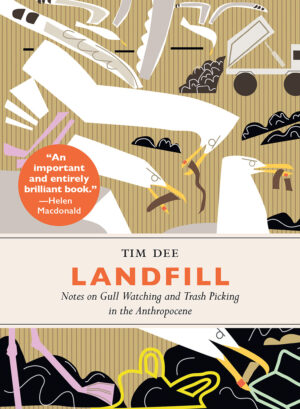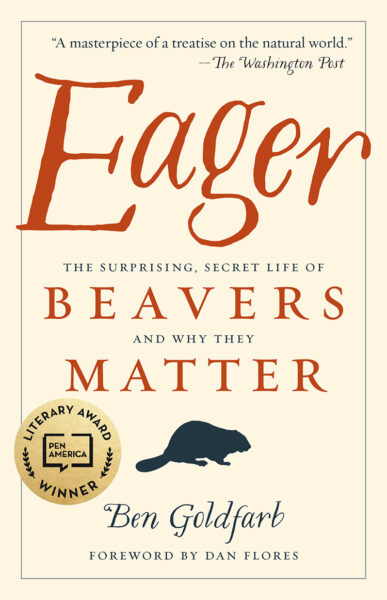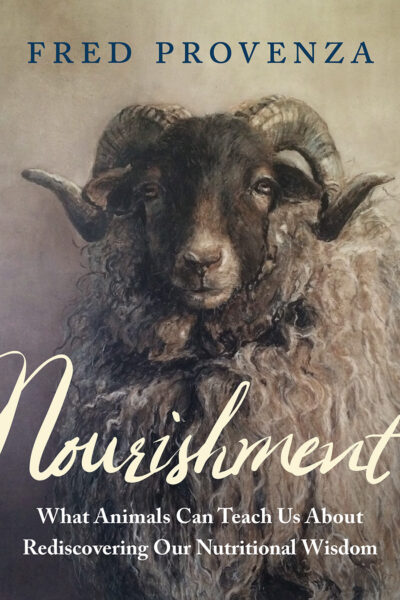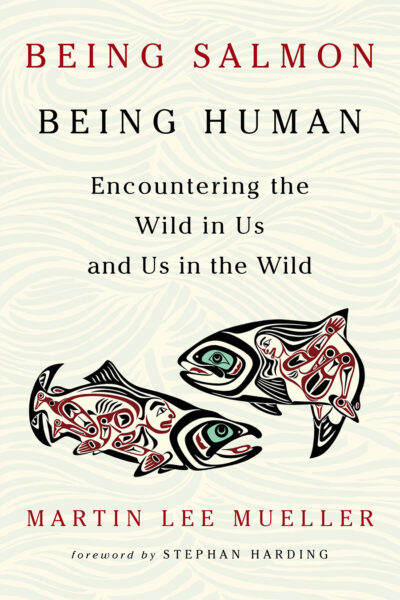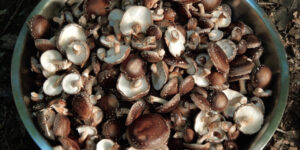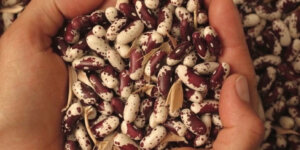Notes on Gull Watching and Trash Picking in the Anthropocene
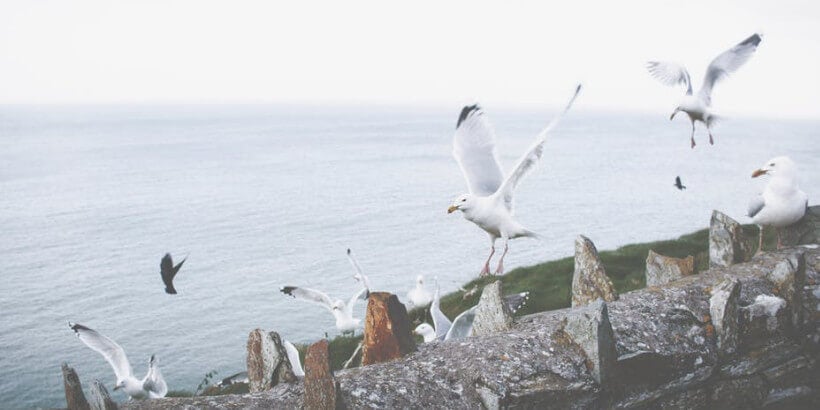
“An important and entirely brilliant book. It’s a love letter to gulls and their charged relationship with humans, but it’s also a deep meditation on difficulty and waste, on the beauty of the disregarded, and on what we make of matter out of place. There’s love and death here, fear, fascination, hope, and the breaking of the world. Dee has written an absolute triumph.” —Helen Macdonald
Tim Dee is a radio producer, television broadcaster, acclaimed author of Four Fields and The Running Sky, and editor of the anthology Ground Work.
The following is an excerpt from Landfill by Tim Dee. It has been adapted for the web.
Prefer audio?
Listen to the following excerpt from the audiobook of Landfill.
Early morning Bristol. The bars along the street where I live recycle their glass empties of last night. It is the sound I most often wake to: a raucous shuck and slide, a bright and broken glissando, poured into a cavernous bin. Perhaps the city gulls are alerted by it too, for at this time, before the morning traffic builds and the pavement fills with people, herring and lesser black-backed gulls come most days and patrol the street for the leftovers of last night’s fun. They fly back and forth at the height of a double-decker bus, eyes down and silent, with something in their action both futuristic and ancient—drone ops and dinosaur stares.
Much of my life happens here, next to the bins and the gulls, in a flat on a busy shopping street. Below my room are a mobile phone repairer and an e-cigarette shop. Half of the pavement is taken up by big and locked dumpsters used by the neighbouring bars and cafes. About a decade ago the city council issued the residents of my building with recycling containers, a waste food tub, and a wheelie-bin for non-recyclable rubbish. The system worked for one week. My suite of emptied units never made it back to my front door or anywhere near it. All was lost in a melee at the roadside. There and then I gave up.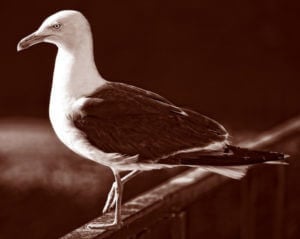
Nowadays, I carry my paper waste, my glass and plastic to the old house where my children sometimes still live and where bin protocols prevail. My food scraps mess with everything else I shed at home into an old supermarket carrier bag that I then drop into a street-bin one hundred steps from my door. It is possible that my lumped and unsorted offering, joining every pedestrian’s discards, and collected by a council worker with a trolley, is bait for those morning gulls. If not, I think my rubbish ends up as landfill.
The idea that gulls might be good animals to think with and to write about first occurred to me around twenty years ago, when I noticed how herring and lesser black-backed gulls had set up shop in the middle of Bristol.
There had been large gulls on the city’s waters for many years; it is only a few miles from the sort-of sea of the Severn Estuary, while the River Avon, a tidal finger, drives daily into the heart of the place.
Among Bristol’s sound-signatures are the birds’ marine yelps as they navigate the Avon and the Feeder and the Cut and the other channels that broker the meeting of fresh and salt water. But in the years of a stretched decade around the 1980s, when I left the city (to study, and before I returned with a young family, to work), the two gulls had started something new: breeding on rooftops across its centre. In that time, well within the lifespan of individual birds, a profound change gripped both species, and urban gulls came of age.
Recommended Reads
Recent Articles
Garlic mustard: while known as “invasive,” this plant can be consumed in its entirety and has great nutritional value. Plus, the garlic-flavor is a perfect addition to any recipe that calls for mustard! The following are excerpts from Beyond the War on Invasive Species by Tao Orion and The Wild Wisdom of Weeds by Katrina…
Read MorePeregrine falcons, while known as predators, are essential to our environment. These stunning birds have a rich history, an interesting present, and an uncertain future. The following is an excerpt from Feather Trails by Sophie A. H. Osborn. It has been adapted for the web. Who Are Peregrine Falcons? Though relatively uncommon wherever it occurs,…
Read MoreWondering where to forage for greens this spring? Look no further than hedges, which serve as natural havens for wild greens and herbs! The following is an excerpt from Hedgelands by Christopher Hart. It has been adapted for the web. Food from Hedges: Salads and Greens Let’s start by looking at all the wild foods…
Read MoreInterested in becoming a mushroom farmer? Shiitake mushrooms are one of the easiest and most profitable places to start. The following is an excerpt from Farming the Woods by Steve Gabriel and Ken Mudge. It has been adapted for the web. (Photographs courtesy of Steve Gabriel and Ken Mudge unless otherwise noted.) The Stunning Shiitake…
Read MoreHow do you know if you’re picking the right seeds? Here are some easy tips on choosing the best seed crop for your environment. The following is an excerpt from The Organic Seed Grower by John Navazio. It has been adapted for the web. Seed Crop Characteristics There are a number of prominent characteristics of…
Read More

